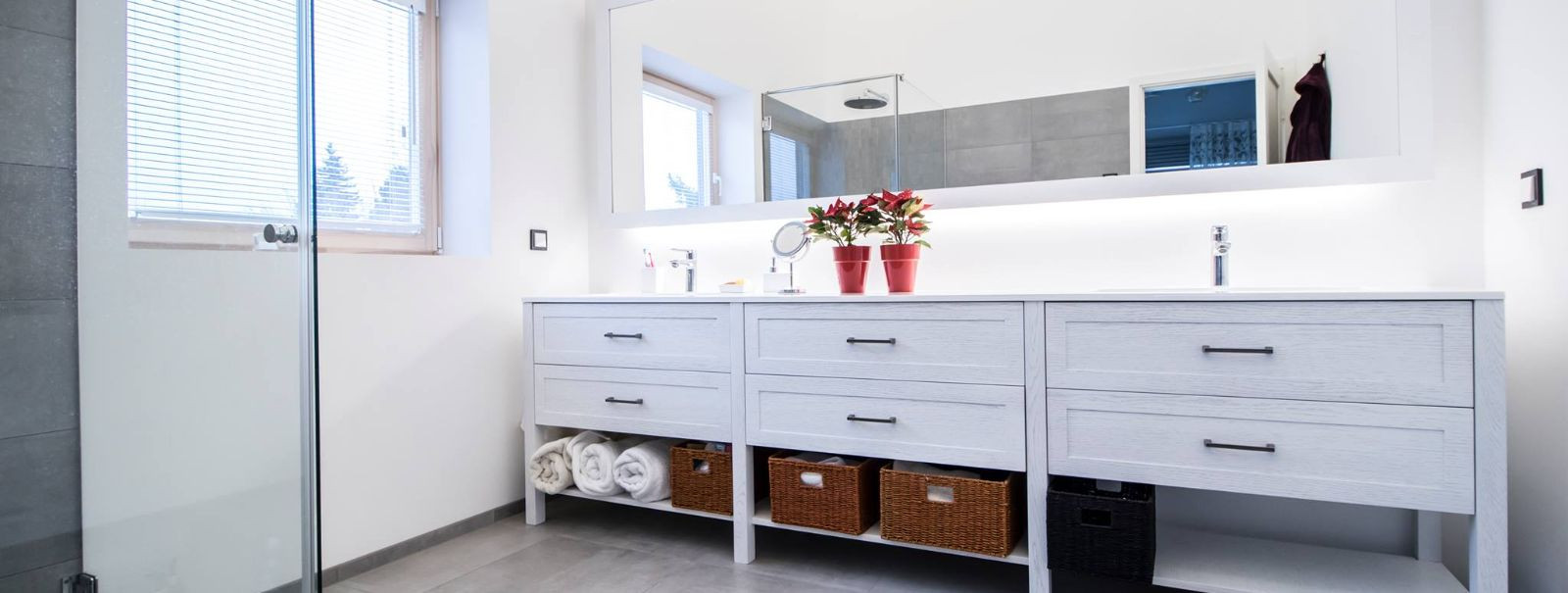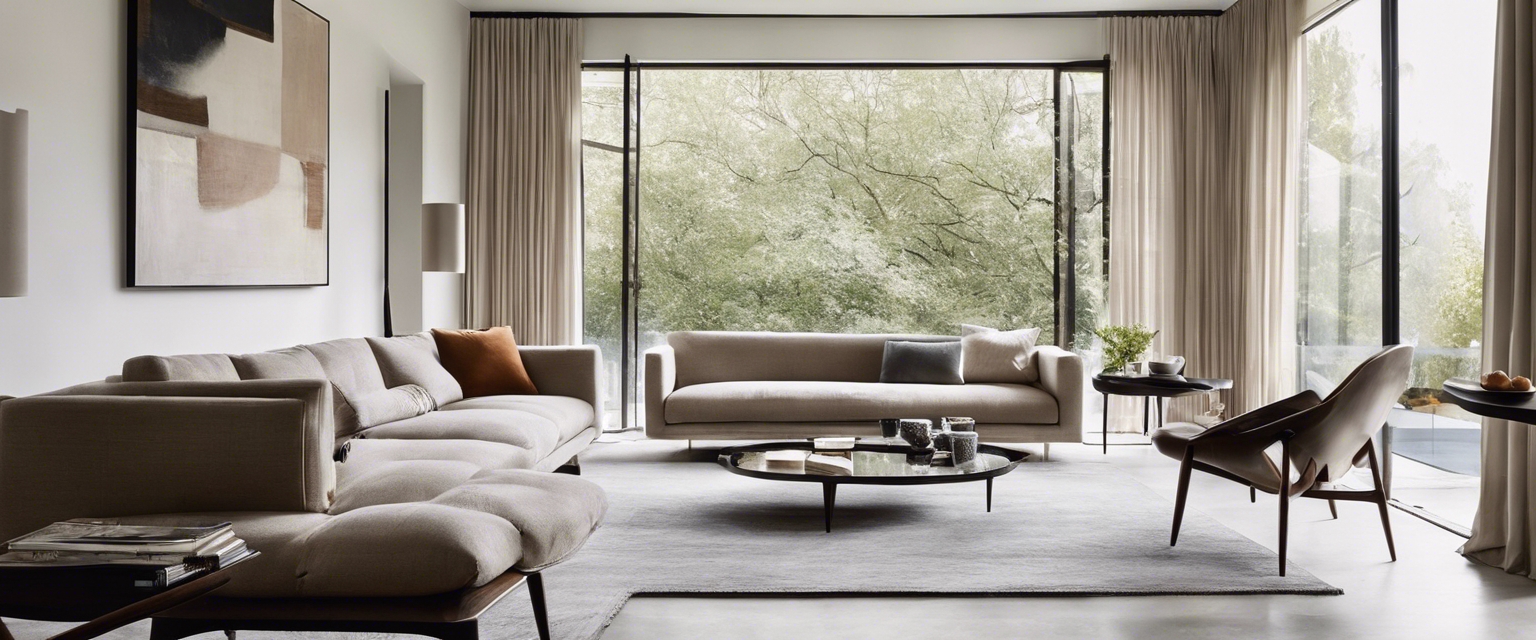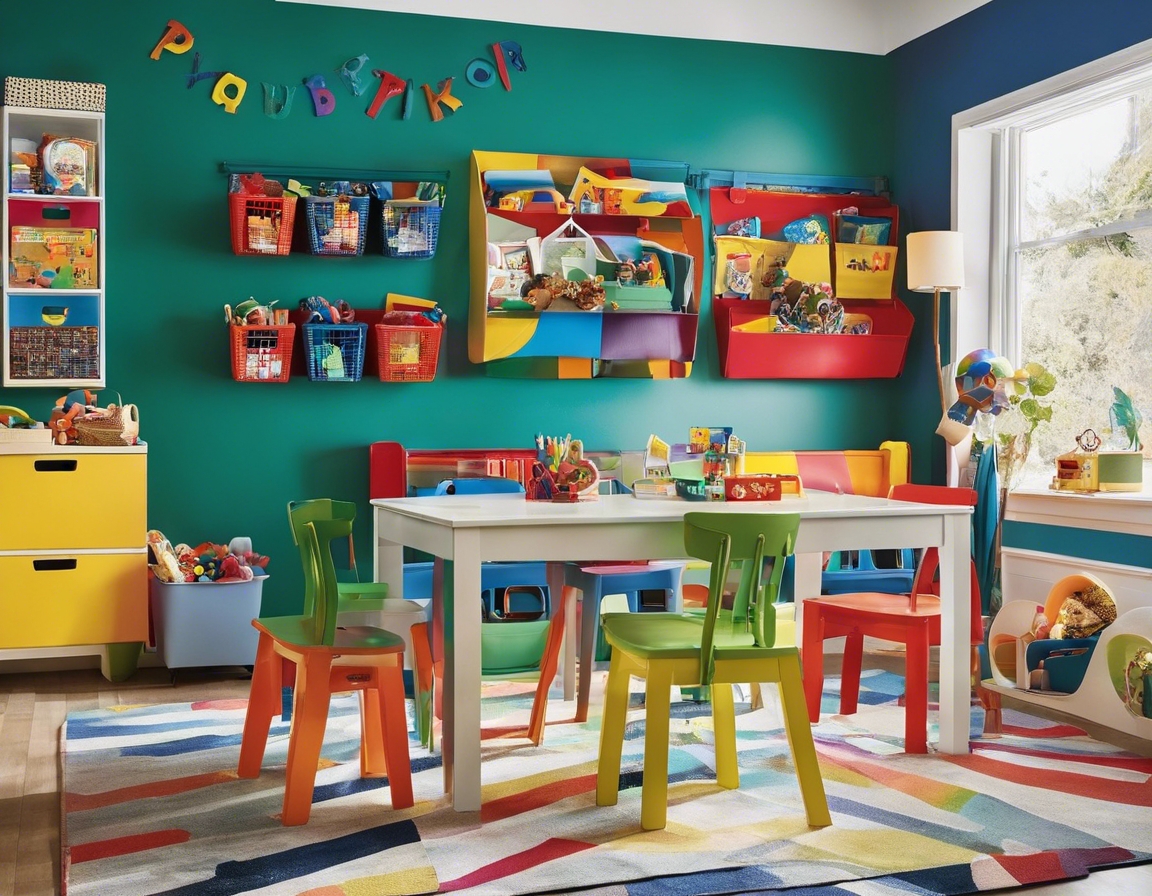The art of furniture placement: a guide
Furniture placement is not just about filling a room with stylish pieces; it's a crucial component of interior design that affects both the aesthetics and functionality of your space. Proper arrangement can transform an ordinary room into a welcoming and efficient environment, reflecting your personal or brand identity.
Strategic furniture placement can make a room feel larger, more inviting, and more practical. It's about creating a harmonious balance between the furniture and the available space, while ensuring that the room serves its intended purpose effectively.
Principles of Effective Furniture Placement
Balance is key in creating a space that feels stable and aesthetically pleasing. Proportion, on the other hand, involves scaling furniture to the size of the room and to other pieces within the space to maintain a cohesive look.
Good flow allows for easy movement throughout the room, while accessibility ensures that furniture is placed in a way that is practical and user-friendly.
Establishing focal points through furniture placement can guide the eye and add interest to a room. This can be achieved by arranging pieces around a central feature, such as a fireplace or a large window.
Room-by-Room Furniture Placement Strategies
The living room is often the heart of the home, and its layout should promote comfort and conversation. Consider the placement of sofas, chairs, and tables to create an inviting and functional space.
The dining room should facilitate social interaction and the enjoyment of meals. The arrangement of the dining table and chairs plays a significant role in the room's overall feel and functionality.
The bedroom is a personal retreat, and furniture placement here should prioritize comfort and relaxation. The positioning of the bed, bedside tables, and dressers can significantly affect the room's ambiance and utility.
With more people working from home, the home office has become an essential space. Proper furniture placement can enhance productivity and minimize distractions.
Common Furniture Placement Challenges and Solutions
Small spaces require smart furniture choices and strategic placement to maximize the available area without feeling cramped.
Rooms with odd shapes or architectural features can present unique challenges. Custom solutions and flexible furniture arrangements can help overcome these obstacles.
Multi-functional furniture can be a game-changer in tight quarters, serving multiple purposes while saving space.
Advanced Techniques and Trends in Furniture Placement
Today's furniture placement often includes considerations for technology, ensuring that entertainment systems and workstations are both accessible and aesthetically integrated into the space.
As lifestyles evolve, so do furniture placement needs. Adaptable furniture arrangements can accommodate these changes, providing flexibility for the future.
Staying abreast of design trends can inspire fresh approaches to furniture placement, whether it's embracing minimalism or experimenting with bold, eclectic styles.






Comments (0)